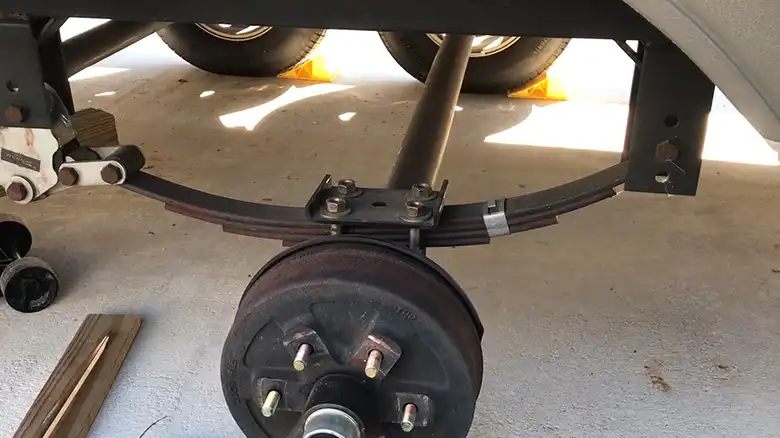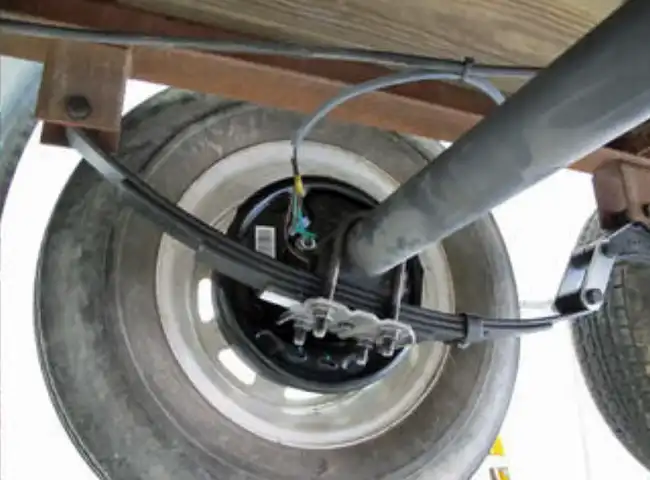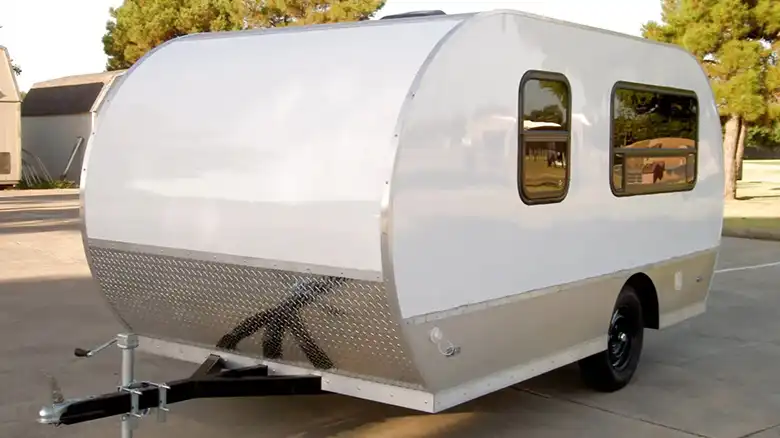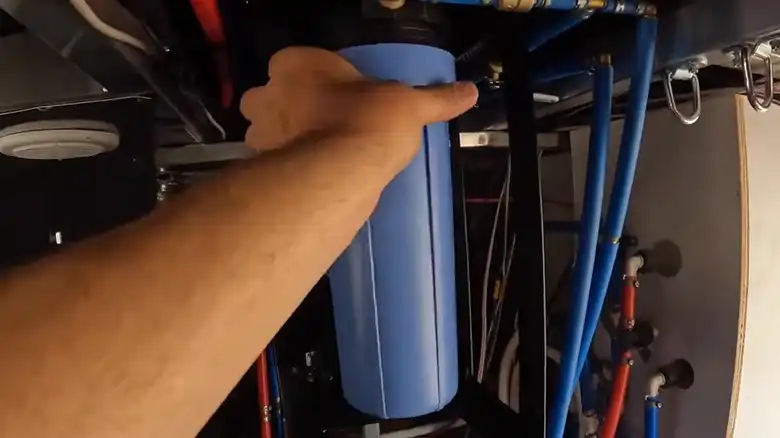Raising the height of a trailer can provide several benefits, such as improved ground clearance, better leveling with a tow vehicle, and an aggressive look. However, improperly raising a trailer can negatively impact handling, stability, and safety. Therefore, it’s crucial to research and understand the implications before modifying your trailer’s height.
I challenged my mechanical skills by flipping the axle on my pop-up camper using a DIY kit. Disassembling wheel assemblies, brake lines, shocks, and drive shafts proved intricate. The 6-inch lift enhanced clearance, but the stiffer ride and handling on the maiden voyage were unexpected. In retrospect, involving an experienced mechanic would have saved time, money, and headaches.
This comprehensive guide will overview safe and effective methods for raising trailer height. I’ll discuss the pros and cons of each technique, provide tips for choosing the right method, and offer safety recommendations when performing modifications. My goal is to equip you with the knowledge to lift your trailer properly.

Method’s of Raise Your Trailer Height
There are three primary techniques for increasing trailer height.

Source: etrailer
Method 1: Performing an Axle Flip for Maximum Lift
Flipping the axle from an underslung to an overslung position is the most common and dramatic way to lift a trailer, providing up to 6 inches of increase. While this can significantly improve ground clearance, it also alters weight distribution and handling. Other components like brake lines, fenders, shocks, and driveshaft may need modification as well.
Pros: Maximum lift, improved ground clearance.
Cons: Alters weight distribution, may require extensive modifications.
Recommendations: Consult a specialist for proper weight distribution and handling adjustments.
Method 2: Raising Your Trailer with Taller Spring Hangers
Installing extended spring hangers is a simpler way to lift the trailer 2-3 inches. This maintains a more factory orientation but requires less work than an axle flip. Ensure the new hangers are rated for the trailer’s weight capacity.
Pros: Modest lift, maintains factory orientation.
Cons: May require moderate modifications.
Recommendations: Choose hangers that match your trailer’s weight capacity.
Method 3: Using Lift Blocks to Enhance Trailer Clearance
Description: Adding lift blocks between the axle and spring is the quickest way to raise the trailer 1-2 inches. Use high-quality blocks and have an experienced mechanic install them to avoid instability issues. This option works best on lighter-duty trailers.
Pros: Quick and easy lift, suitable for lighter-duty trailers.
Cons: Limited lift, may impact stability on heavier trailers.
Recommendations: Have a professional mechanic install to ensure stability.
Comparison
| Method | Maximum Lift | Cost Range | Complexity | Impact on Handling and Stability |
| Axle Flip | Up to 6 inches | $1000-$2000 (kit) + labor | High | Significant, may require adjustments |
| Taller Spring Hangers | 2-3 inches | $500-$1500 (parts) | Moderate | Moderate, maintains factory orientation |
| Lift Blocks | 1-2 inches | $400-$800 (parts) | Low | Low, works well on lighter-duty trailers |
How to Choose the Right Trailer Height Method
Consider the amount of lift needed, the type of trailer, and your budget when selecting the best height modification. Axle flips work well for maximum lift on travel trailers and fifth wheels. Spring hangers offer modest lift without much work. Light-duty utility trailers benefit most from easy-to-install lift blocks. Consulting a trailer specialist is wise if you’re uncertain how much your trailer can safely be raised or the best method for your particular trailer.
Why Do Trailers Sit Low to the Ground?
Trailers with low deck heights are ideal for transporting bulky, heavy cargo that needs to be loaded near ground level. Unlike standard trailers with deck heights over 4 feet, low-profile trailers often have deck heights of just 2-3 feet. This lower center of gravity provides more stability when hauling dense cargo like stone, lumber, or equipment. These trailers achieve low deck height through a combination of wide, low-profile tires, heavy-duty suspensions, and a low overall weight capacity compared to standard trailers. The low weight capacity ensures the trailer sits lower while the heavy-duty suspensions and tires prevent bottoming out when loaded.
Common Pitfalls When Modifying Trailer Height
Ignoring Weight Ratings: Avoid using components that are not rated for your trailer’s weight capacity.
Inadequate Professional Guidance: Rely on experienced mechanics for complex modifications to prevent safety issues.
Neglecting Regular Inspections: Regularly inspect the modified trailer to identify any issues before towing.
Key Points to Consider Before Raising Your Trailer
If you need to haul heavy, dense cargo but don’t have access to a specialty low-profile trailer, there are some alternatives aside from using a taller standard trailer. You could separate the load into multiple smaller loads that standard trailers can accommodate.
Ramps, pallet jacks, lifts, and other equipment can help load bulkier items onto standard trailers safely. Flatbed trucks allow you to bypass trailer height restrictions entirely, though loading and securing the cargo takes extra equipment and care.
You may also look into renting or borrowing a low-profile trailer designed for heavy loads instead of purchasing one. While raising the deck height seems like the simplest option, in reality, it leads to stability and loading issues with dense cargo. Considering other equipment and transportation methods can often provide better solutions.
Quick Considerations
a) Follow the trailer manufacturer’s recommendations for any modifications.
b) Use high-quality parts and have an experienced mechanic perform the work.
c) Tighten all hardware to the specified torque values.
d) Load the modified trailer properly to avoid handling issues.
e) Inspect the lifted trailer thoroughly before towing.
End Note
Raising your trailer height can provide clearance for off-road use, easier hitching, and other benefits. With research and skilled installation, height modifications can be done safely and effectively. Understand how different methods like axle flips, hangers, and blocks can lift your trailer to choose the best option. Most importantly, prioritize quality parts and professional service when modifying your trailer’s suspension.


